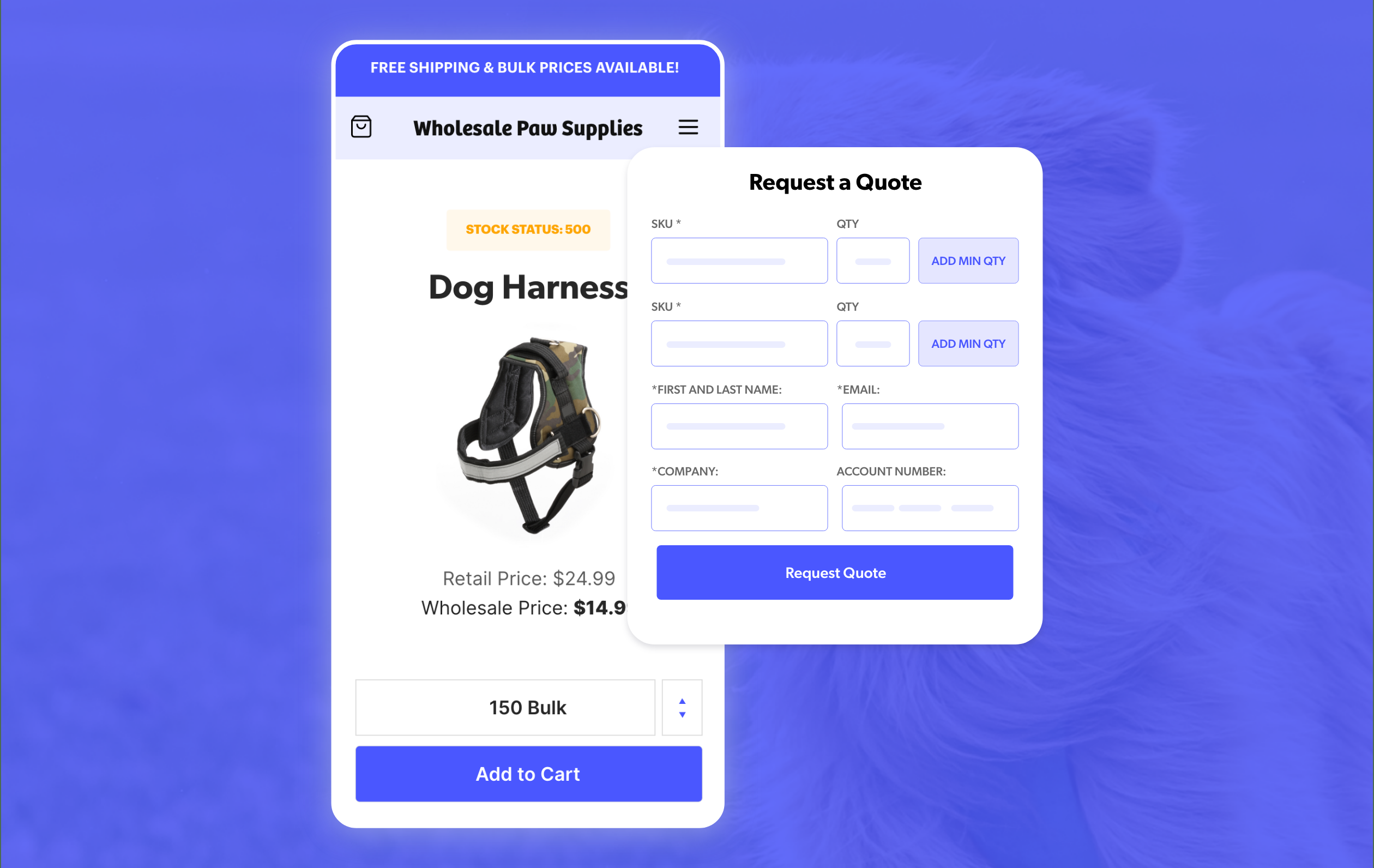By Tom Wintaugh | April 28, 2023

See why top ecommerce brands use Miva’s no-code platform to run
multiple stores, manage massive catalogs, and grow their revenue.
B2B ecommerce revenue continues to grow rapidly, and 2022 was no exception. A recent report by Digital Commerce 360 revealed that U.S. B2B ecommerce sales experienced an impressive 19% expansion across the year, signaling new opportunities for businesses and manufacturers looking to expand their online presence. Developing a robust B2B brand strategy is essential for businesses seeking to capitalize on this growth and stay ahead of the increasing competition. In this blog, we'll dive into key elements of B2B brand strategy, explore how it differs from B2C, and offer resources to help you build and refine a winning wholesale strategy.
The business model you choose for your B2B venture is the genesis of your entire brand strategy. Common B2B models include manufacturers selling directly to retailers, wholesalers or distributors, and service providers catering to businesses. In fact, manufacturers selling direct comprised the biggest segment of B2B sellers in 2021, producing nearly $550 billion in revenue. Understanding your business model's unique requirements and opportunities is vital in developing a brand strategy that resonates with your target audience and positions you for success.
There are currently more than 3 million B2B businesses operating in the United States. Effective brand “positioning” is a set of criteria which differentiates your business from the competition and communicates the unique value your products or services provide. To achieve this, you must develop a clear understanding of your target audience, their needs, and how your offerings fulfill those needs. Crafting a compelling value proposition about your brand and then consistently communicating it will help establish your brand as a trusted B2B seller.
A thorough competitor and customer analysis provides valuable insights into the current market landscape and helps you identify opportunities for growth. Analyzing your competitors' strengths and weaknesses, marketing strategies, and customer experiences can inform your own approach and ensure your brand stands out in the crowded B2B market. Then, understanding your customers' pain points, preferences, and decision-making processes enables you to tailor your brand strategy to fill the gaps your competitors are missing.
While there are similarities between B2B and B2C brand strategies, several key differences set them apart:
Target audience: B2B businesses typically target a narrower audience with specific needs, requiring a more targeted and personalized approach to brand strategy. Just because a customer is a professional wholesale buyer doesn’t mean they won’t benefit from a detailed and personalized sales approach.
Decision-making process: B2B buying decisions often involve multiple stakeholders and a longer sales cycle, necessitating a focus on building trust and providing value at every touchpoint. Successful B2B sellers help facilitate the decision-making processes which are unique to their buyers.
Relationship building: B2B relationships tend to be longer-term and based on trust, making relationship-building and customer retention essential components of a B2B brand strategy.
Content marketing: Thought leadership and educational content play a more significant role in B2B marketing, as businesses often look for expertise and guidance in their purchasing decisions.
1. Define your target audience and unique value proposition.
Clearly articulate who your ideal customer is and what sets your brand apart from the competition. Developing customer personas is an excellent exercise to help you do this—we explored the value of customer personas for businesses in this blog.
2. Conduct a thorough competitor and customer analysis.
Gain a deep understanding of the broader market landscape in your industry and use this information to inform your brand’s position within that market. This guide will help you understand the core tenets of how to help your brand stand out in a competitive industry.
3. Develop a consistent brand identity.
B2B sellers need to develop just as strong a brand identity as retailers. That means creating a cohesive visual identity, tone, and messaging that reflects your brand values and resonates with your target audience. This webinar recording explores different ways that B2B businesses can shape their offerings to attract buyers.
4. Focus on thought leadership and content marketing.
Produce high-quality, informative content that positions your brand as an industry expert and builds credibility with your audience. The most popular form of content marketing is still email. This guide will help you get the most out of your email marketing program.
5. Leverage personalization and customer data.
Utilize customer data to deliver personalized experiences that cater to individual needs and preferences. This video webinar recording explains how to use digital transformation to drive revenue growth.
6. Emphasize customer-centricity.
Prioritize customer satisfaction and continually improve the customer experience throughout the buyer journey. This case study looks at how one B2B seller created an innovative customer experience which led to excellent results.
7. Monitor performance and refine your strategy.
Use data and analytics to track the success of your brand strategy, identify areas for improvement, and make data-driven decisions to optimize your approach over time. This quick 3-minute site evaluation tool will help you get a snapshot of how your website is currently performing.
The explosive growth of B2B ecommerce in 2022 presents a wealth of opportunities for businesses looking to enter or expand in the market. It also means that competition will be more intense than ever. Developing a strong B2B brand strategy that addresses the unique challenges and opportunities of this space is essential for success. By focusing on key elements like brand positioning, competitor and customer analysis, and leveraging data-driven insights, you can create a powerful B2B brand strategy that drives growth and positions your business as a leader in the B2B ecommerce market.

Katy Ellquist, Miva’s Digital Marketing Strategist, is an accomplished writer, marketer, and social media analyst who has created sophisticated content campaigns for a broad range of professional clients. She brings to Miva a complex understanding of ecommerce trends and techniques, building upon extensive digital agency experience and a prior role as direct liaison to Miva’s top accounts. Katy is a regular contributor to the Miva blog, covering essential ecommerce topics like design & development strategy, site optimization, and omnichannel selling, with the goal of increasing the actionable knowledgebase of the entire Miva community.
Love it? Share it!
No worries, download the PDF version now and enjoy your reading later...
Download PDF